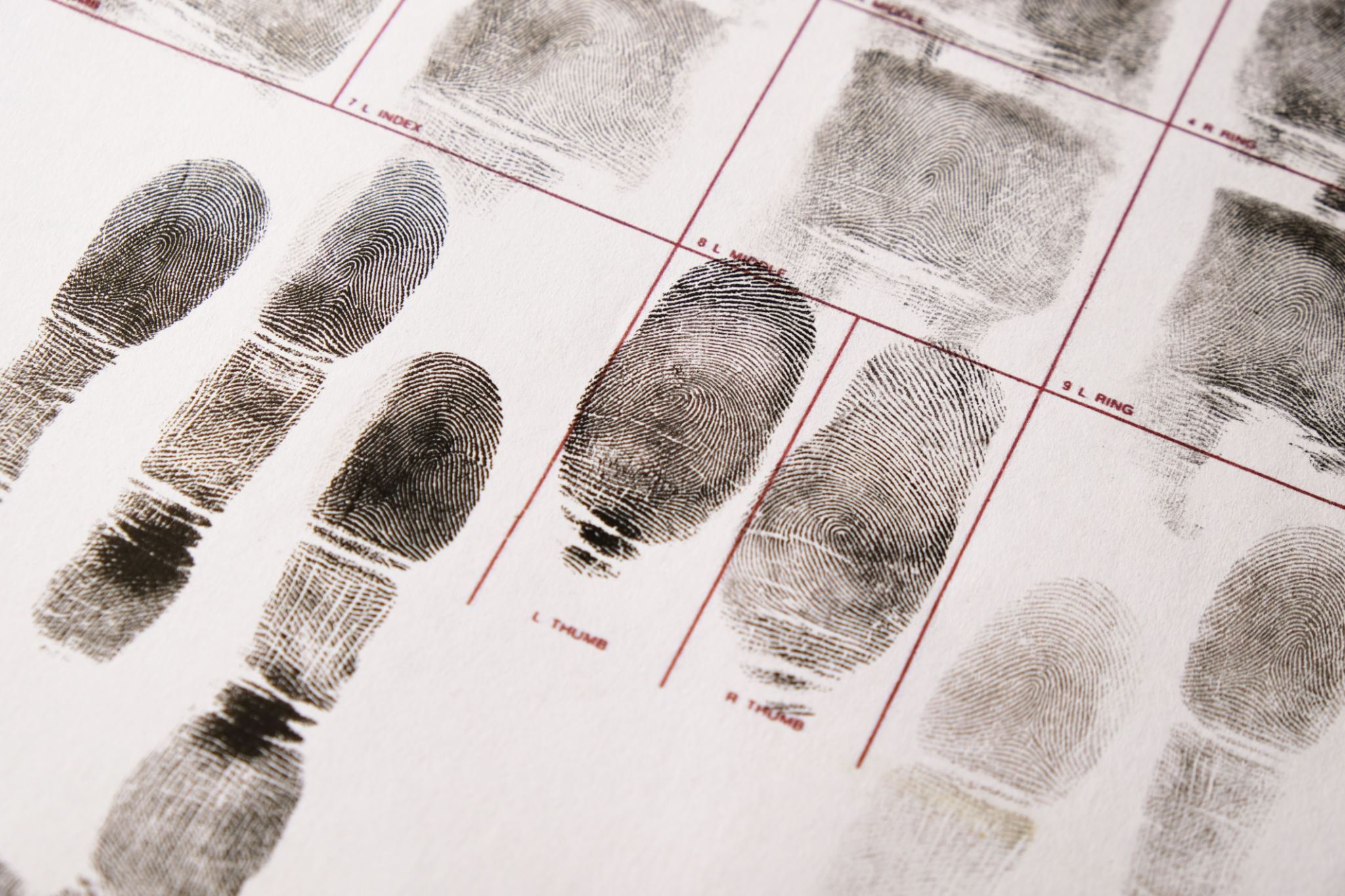How Ink Fingerprinting Differs from Digital Scans: A Detailed Comparison
ML
Introduction
Fingerprinting has long been a cornerstone of identity verification and forensic investigations. While the traditional ink method has been used for decades, the advent of digital technology has introduced a new approach: digital fingerprint scanning. Both methods serve the same purpose, yet they differ significantly in terms of process, accuracy, and application. In this blog post, we'll explore these differences in detail to provide a comprehensive understanding of each method.

The Process of Ink Fingerprinting
Ink fingerprinting, also known as manual fingerprinting, involves applying ink to the fingers and then pressing them onto a fingerprint card. This method requires a steady hand and a skilled technician to ensure the prints are clear and usable. The prints are then stored physically or scanned for digital storage. Ink fingerprinting is often used in formal situations such as legal documentation and law enforcement records.
Advantages of Ink Fingerprinting
One of the main advantages of ink fingerprinting is its tangibility. Physical records can be beneficial in legal scenarios where digital formats might not be admissible. Additionally, ink prints are less likely to be tampered with as they provide a permanent record.

The Rise of Digital Fingerprint Scanning
Digital fingerprint scanning uses electronic sensors to capture fingerprints. These sensors can be part of standalone devices or integrated into smartphones and tablets. The process is quick, often taking just a few seconds to capture a high-resolution image of the fingerprint, which is then stored digitally.
Benefits of Digital Scans
Digital scans offer several advantages over traditional methods. They are more efficient, reducing the time needed to capture and store fingerprints. They also allow for easy sharing and integration with digital systems, making them ideal for modern applications such as biometric security systems and identity verification.
Accuracy and Reliability
When it comes to accuracy, digital fingerprint scans generally have the edge. They can capture minute details that might be missed with ink prints, leading to more reliable identification. However, the reliability of digital scans can be affected by factors such as sensor quality and the condition of the individual's skin.

Applications in Different Industries
Ink fingerprinting still holds value in certain sectors like law enforcement and legal documentation. It provides a physical record that can be crucial in certain legal contexts. On the other hand, digital fingerprinting is increasingly prevalent in sectors requiring fast and seamless identity verification, such as airports, financial institutions, and even personal devices like smartphones and laptops.
Choosing the Right Method
The choice between ink and digital fingerprinting often depends on the specific needs of an organization or individual. While ink fingerprinting is valuable for its permanence and legal standing, digital scanning offers speed and integration with modern technology, which can be more suitable for contemporary needs.
Future Trends
The future of fingerprinting seems to be leaning towards digital, with continuous advancements in technology making it more accessible and reliable. Innovations such as mobile fingerprint scanners and integration with other biometric systems are paving the way for more comprehensive identity solutions.
In conclusion, both ink and digital fingerprinting have their unique benefits and use cases. Understanding their differences can help individuals and organizations make informed decisions about which method best suits their needs.
